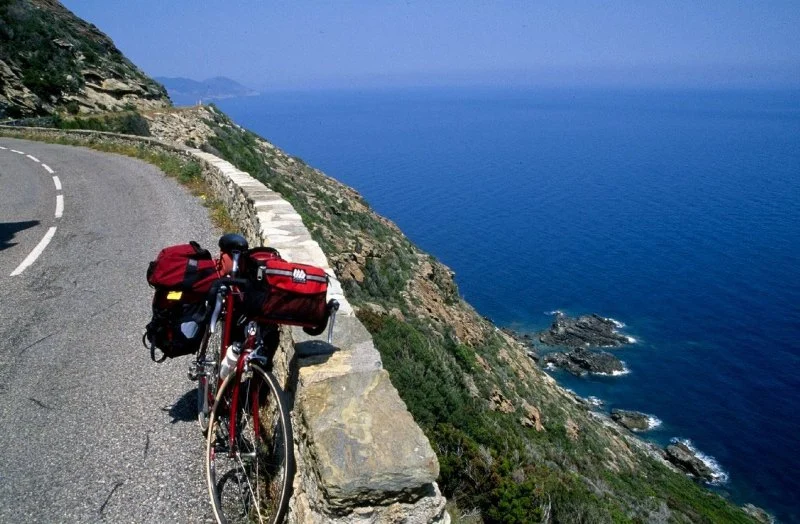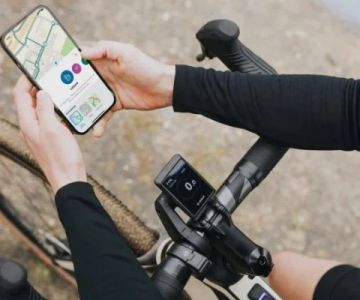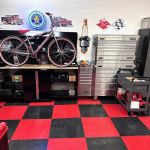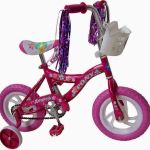
- 1 - Understanding Self-Supported Tours
- 2 - Planning Your Self-Supported Tour
- 3 - Essential Gear for Self-Supported Cycling
- 4 - Navigating and Routing Your Tour
- 5 - Preparing for Unforeseen Challenges
- 6 - Maintaining Physical and Mental Preparation
1. Understanding Self-Supported Tours
A self-supported tour is a type of bike touring where cyclists carry all their own gear, food, and equipment. Unlike supported tours, where a team helps carry your belongings and provides logistics, in a self-supported tour, the responsibility lies entirely on you. This kind of adventure offers a greater sense of independence, but it also requires careful preparation and a high level of self-sufficiency.
Self-supported bike tours vary greatly in length, terrain, and difficulty, but they all share the same fundamental need for proper planning and preparation. Whether you’re cycling through national parks or exploring remote countryside, the key to a successful self-supported tour lies in your ability to manage your gear, navigate unfamiliar routes, and stay healthy throughout the journey.
2. Planning Your Self-Supported Tour
Planning is the cornerstone of any successful self-supported tour. Properly preparing for your adventure involves more than just deciding on a destination—it’s about ensuring that every logistical aspect of your trip is accounted for. Here are some essential steps to take:
1. Choose Your Route and Destination
Start by choosing a route that matches your experience level and cycling abilities. Consider factors like terrain, distance, climate, and accessibility. You can use resources like bike touring websites or apps to find popular routes or recommendations from experienced cyclists. For beginners, shorter routes with less challenging terrain are ideal, while experienced cyclists may opt for more rugged, long-distance adventures.
2. Set Realistic Goals
Set achievable daily mileage goals that align with your fitness level and experience. Be realistic about how much distance you can cover each day, factoring in rest days, sightseeing, and potential delays. Having a flexible schedule can make your journey more enjoyable and less stressful.
3. Budget Your Trip
Self-supported tours can be affordable, but they still require careful budgeting. Factor in the cost of gear, food, and accommodations along your route. Consider staying in campsites, hostels, or using platforms like Warmshowers to find free accommodations with fellow cyclists. Make sure to have a financial cushion for unexpected expenses like repairs or detours.
3. Essential Gear for Self-Supported Cycling
Having the right gear is essential for a successful self-supported cycling tour. Your equipment should be lightweight, durable, and suited to the conditions you’ll encounter. Here’s a breakdown of the key gear you’ll need:
1. Bike and Accessories
Your bike is your most important tool on the tour. Make sure it’s well-maintained, with the appropriate tires for the terrain (e.g., gravel or road tires). Depending on the route, you may also need a touring bike, which is specifically designed to carry heavy loads over long distances. Don’t forget accessories like a bike computer for tracking distance, a handlebar bag for easy access to essentials, and a good set of lights for visibility.
2. Panniers and Bike Bags
Panniers are essential for carrying your gear, and they should be waterproof to protect your belongings from rain. Choose lightweight yet sturdy bags with enough capacity to carry food, clothes, and camping gear. A good set of panniers can make all the difference in how comfortable and efficient your tour will be.
3. Camping Gear
If you’re camping along the way, make sure to pack compact camping gear, including a tent, sleeping bag, and stove. Look for gear that is lightweight and durable, as you’ll need to carry it on your bike for the duration of the trip. For minimalist camping, consider using a bivy sack or ultralight tent that won’t weigh you down.
4. Repair Kit
Having a basic bike repair kit is critical. This should include spare tubes, a patch kit, tire levers, a pump, and a multi-tool. You’ll also want to bring along any specific tools for your bike (e.g., chain breaker or cassette tool). Knowing how to perform basic repairs is essential for staying self-sufficient on the road.
4. Navigating and Routing Your Tour
Proper navigation is crucial to avoiding getting lost and ensuring that you stay on track. There are several ways to navigate on a self-supported tour, and it’s essential to use the methods that work best for you:
1. Digital Navigation Tools
Smartphone apps like Komoot, Strava, and Ride with GPS allow cyclists to create, follow, and share routes. These apps provide turn-by-turn directions, elevation profiles, and route suggestions, helping you stay on course. Be sure to download offline maps in case you lose signal on the road.
2. Paper Maps
While digital maps are convenient, it’s also a good idea to carry paper maps as a backup. Many bike touring websites offer detailed route maps that include key landmarks, rest stops, and campsites. Paper maps are also useful when navigating remote areas with limited cell service.
5. Preparing for Unforeseen Challenges
No matter how much you prepare, challenges are inevitable during a self-supported tour. Whether it’s bad weather, mechanical failure, or unexpected detours, it’s essential to be adaptable:
1. Pack for All Weather Conditions
Weather can change quickly, especially when cycling through different regions. Pack versatile clothing that can adapt to a variety of conditions, such as a waterproof jacket, extra layers, and sun protection gear. Be prepared for the worst, but hope for the best.
2. Know What to Do in an Emergency
Before you embark on your tour, familiarize yourself with emergency procedures, such as what to do in the event of a crash, how to find help in remote areas, and the contact details for local emergency services. It’s also a good idea to carry a first-aid kit and know basic first-aid procedures.
6. Maintaining Physical and Mental Preparation
A self-supported tour is physically demanding, and mental stamina is just as important as physical fitness. Here are a few tips to help you stay physically and mentally prepared:
1. Train for Endurance
Prepare for long days of cycling by gradually increasing your riding distance and endurance. Include hill training, strength exercises, and rest days in your routine to build stamina and muscle strength. Cycling tours can be challenging, but proper training will ensure you’re ready for the physical demands.
2. Stay Mentally Strong
Maintaining mental toughness is key to enjoying a self-supported tour. Long days of cycling, harsh weather, or fatigue can lead to frustration, but staying positive, keeping your goals in mind, and taking time to enjoy the journey will help you push through tough moments.
Ready for your self-supported cycling adventure? Visit Cycling Guider for the best gear, tips, and products to ensure a smooth and successful tour!







 Billet BMX5.0 (2 reviews)
Billet BMX5.0 (2 reviews) Far East Children Bicycle Factory1.0 (1 reviews)
Far East Children Bicycle Factory1.0 (1 reviews) Archer Motorsports, Inc.4.0 (8 reviews)
Archer Motorsports, Inc.4.0 (8 reviews) YEP Bike Works4.0 (55 reviews)
YEP Bike Works4.0 (55 reviews) Gorham Bike & Ski4.0 (498 reviews)
Gorham Bike & Ski4.0 (498 reviews) Alchemy Bikes4.0 (37 reviews)
Alchemy Bikes4.0 (37 reviews) How to Teach Kids to Ride a Bike: A Step-by-Step Guide for Parents
How to Teach Kids to Ride a Bike: A Step-by-Step Guide for Parents Tips for Riding on Busy City Streets: Smart Strategies for Urban Cyclists
Tips for Riding on Busy City Streets: Smart Strategies for Urban Cyclists Best US National Parks for Mountain Biking: Ride Epic Trails Across America
Best US National Parks for Mountain Biking: Ride Epic Trails Across America Best Aero Helmets for Time Trials and Racing
Best Aero Helmets for Time Trials and Racing How to Clean and Lubricate Your Bike Chain Like a Pro
How to Clean and Lubricate Your Bike Chain Like a Pro 10 Must-Have Items for Long-Distance Cycling Trips
10 Must-Have Items for Long-Distance Cycling Trips